Among all the symbolic items associated with Lord Shiva, the Trishul or Trident stands out as a potent spiritual emblem that conveys timeless truths. It is more than just a weapon. It is a divine expression of balance, power, and cosmic order.
Shiva, as the eternal yogi and cosmic transformer, does not wield weapons to dominate or destroy for personal gain. Instead, each object He holds serves a higher purpose. The Trishul, with its three sharp prongs, pierces through the illusions of duality and reveals the non-dual essence of existence. It represents the destruction of ignorance, the balance of nature’s forces, and Shiva’s ability to dissolve all that is untruth.
In this article, we explore the deeper meaning behind Shiva’s Trishul. Why does He carry it? What do its three prongs represent? And how does this sacred weapon reflect His role as the Mahadeva, the One who holds both creation and destruction in perfect harmony?
The Symbolism of the Three Prongs of Shiva’s Trishul
The Trishul is a three-fold key to understanding the cosmic principles that govern existence. Each of its prongs points to a profound truth, representing the forces that sustain, disturb, and ultimately liberate the universe.
- The Three Gunas:
The most recognized interpretation ties the Trishul to the three fundamental qualities or gunas that permeate all of creation:
- Sattva (purity, balance, harmony)
- Rajas (activity, desire, motion)
- Tamas (inertia, ignorance, darkness)
Every being, every thought, and every action is influenced by these modes. Shiva, by holding the Trishul, is shown as the master of these gunas—not controlled by them, but controlling them. He uses the Trident to dissolve excessive tamas, temper excessive rajas, and preserve sattva where needed. This makes Him the ultimate purifier and transformer.
- The Three Realms:
The Trishul also signifies dominion over the three worlds or lokas:
- Bhur Loka (Earth or physical plane)
- Bhuvar Loka (Astral or mental plane)
- Svar Loka (Celestial or causal plane)
Shiva, as the Mahadeva, transcends these realms but governs their rhythm and dissolution. The Trishul represents His readiness to restore balance when these realms fall into disorder.
- The Three Functions of the Divine:
Shiva’s Trident encapsulates the divine triad of:
- Creation (symbolized by Brahma)
- Preservation (symbolized by Vishnu)
- Destruction (Shiva’s own role)
Although these roles are represented by different deities in the Trimurti, Shiva’s Trishul affirms that He encompasses all three. In the end, all functions culminate into Shiva, the pure Consciousness that remains after the play of creation concludes.
Through the Trishul, Shiva teaches us that true power lies in balance. The destruction it offers is not violence but dissolution of the false, the ego, and the binding illusions of Maya.
Why Even the Divine Needs a Weapon
In Sanatan Dharma, weapons held by deities are not signs of aggression, but tools of protection and dharma. They are not meant to conquer enemies, but to restore cosmic balance. Lord Shiva’s Trishul stands as a reminder that even divinity must act when adharma (unrighteousness) disturbs harmony.
Unlike human weapons fuelled by fear or control, Shiva’s Trishul is born of spiritual force. It pierces through ignorance, severs attachments, and destroys ego. The Trishul is not raised to punish, but to purify. When Shiva wields His Trishul, He is not defending Himself, He is upholding the universal order for the benefit of all beings.
This concept is echoed across scriptures. Even Lord Rama and Krishna bore weapons, not out of personal need, but to uphold righteousness when dharma was under threat. The same applies to Lord Shiva. The Trishul reminds us that silence, though divine, is not weakness. When dharma is at stake, even the most detached yogi takes action.
In essence, Shiva’s Trishul is not a tool of war, it is a symbol of divine intervention, of justice carried out not in anger but in compassion for the greater good.

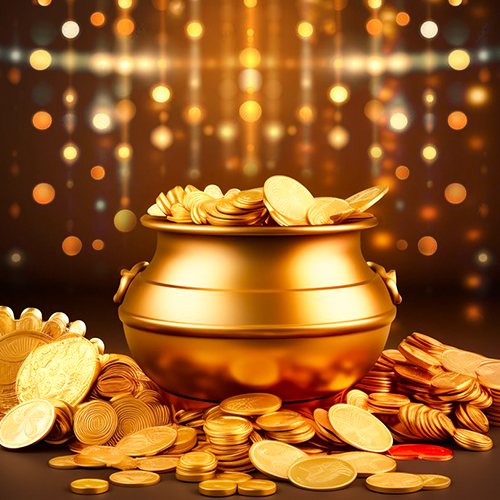
-in-Astrology.jpg)
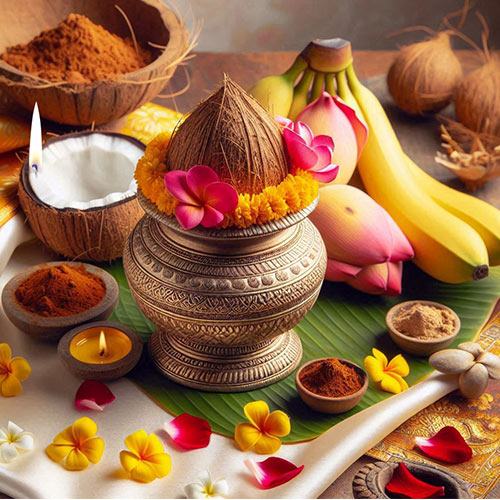

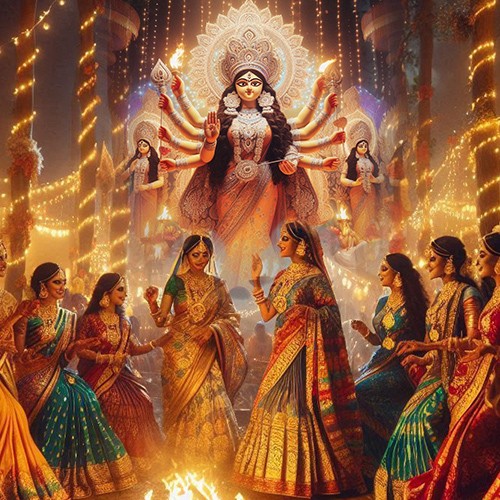
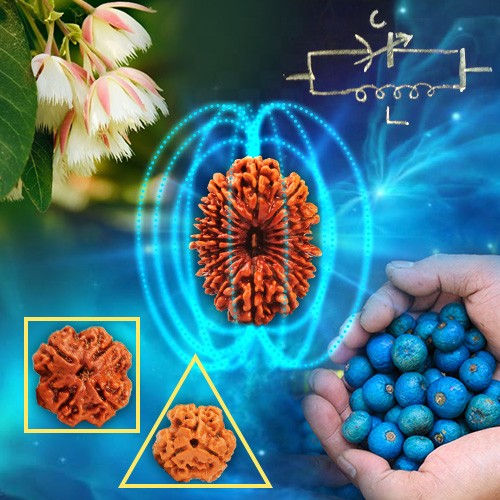

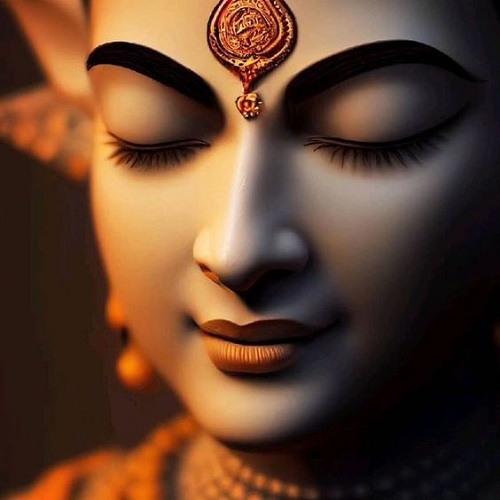
.jpg)
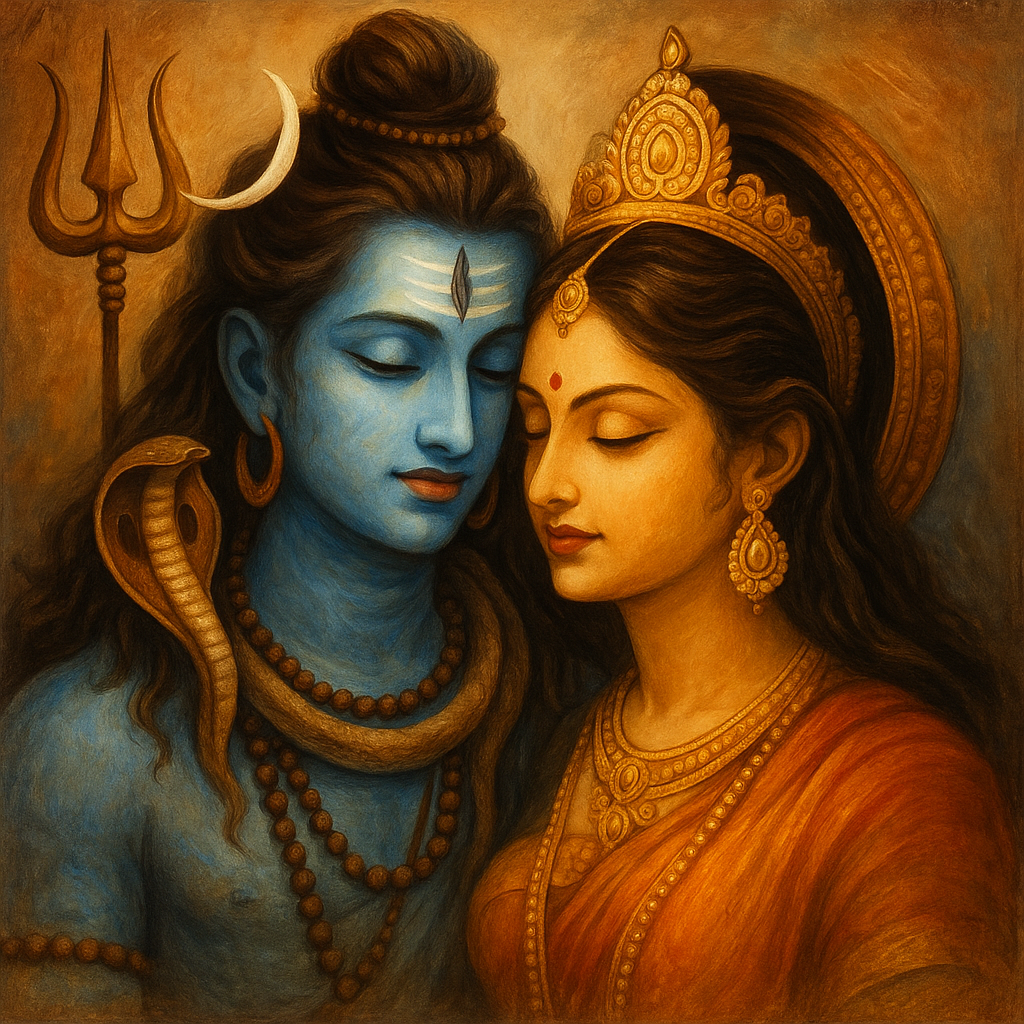
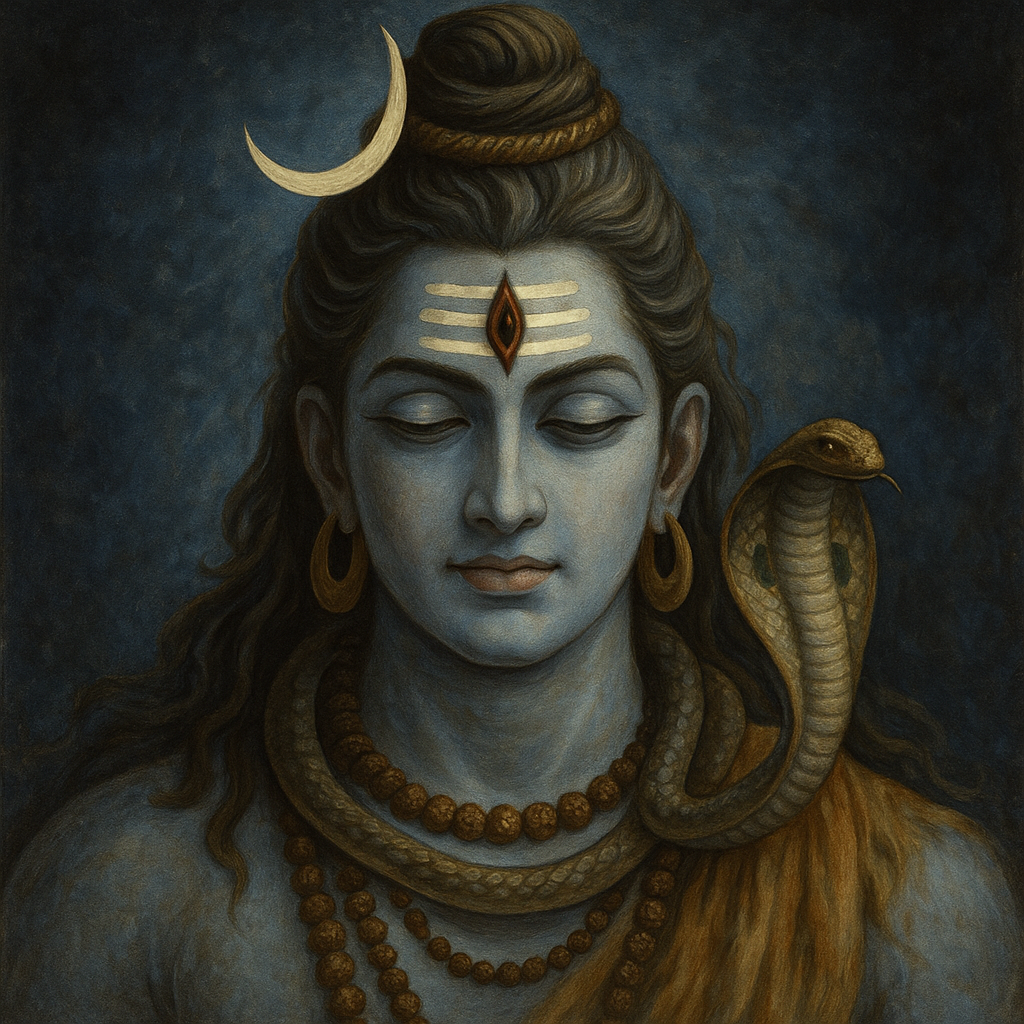
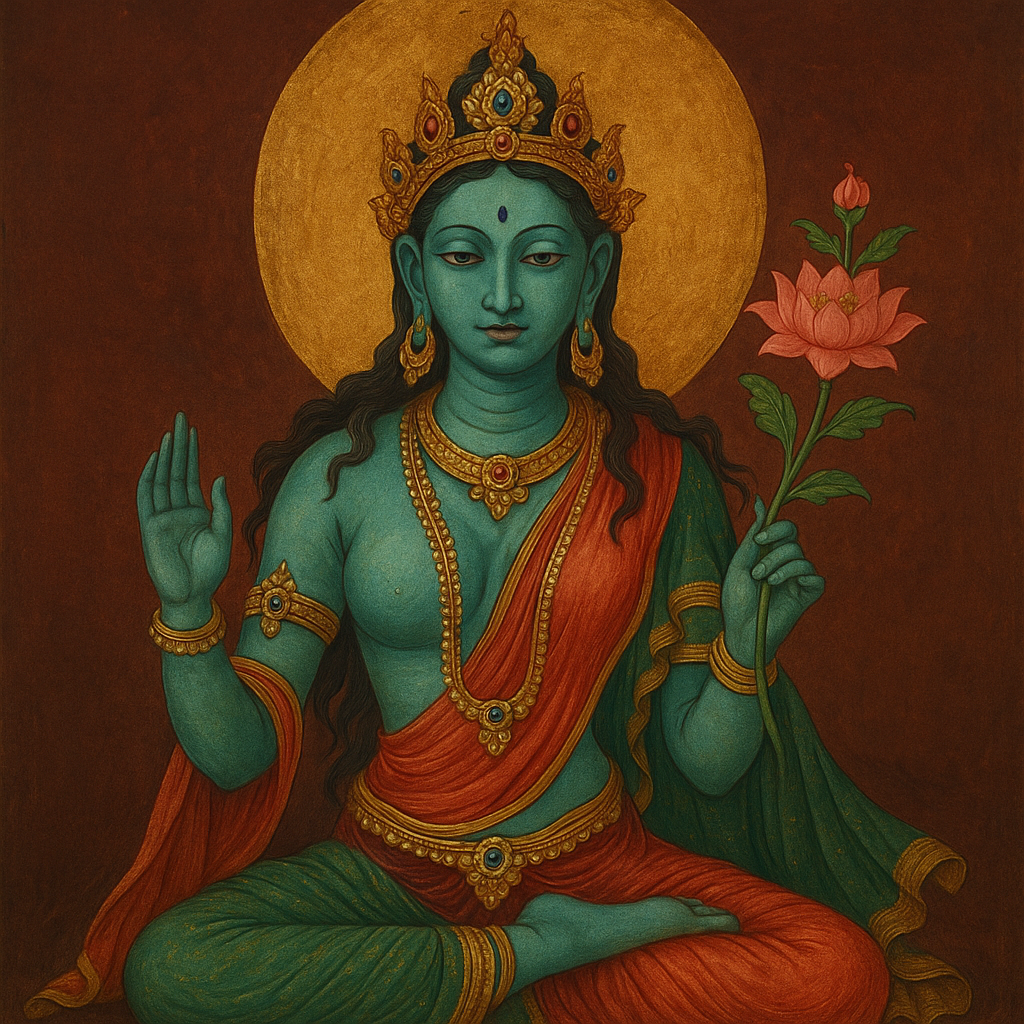
Comments 0
Leave your thought here